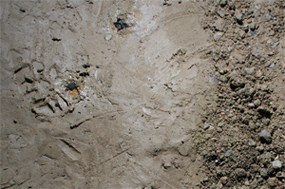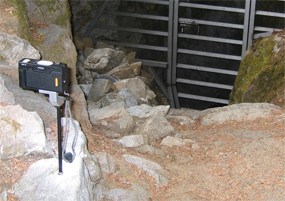
NPS Mapping Visitor Impacts: Preserving Oregon Caves National MonumentThe delicate ecosystem of Oregon Caves faces multiple challenges from visitor impacts. These impacts range from visible damage such as broken formations, polished rocks, and graffiti, to subtler effects like lint deposition, sediment compaction, and the displacement of fossils. Even secondary effects like algae growth around tour lights and changes in the cave’s airflow—caused by enlarged passages—can drastically affect the cave’s natural processes. All of these impacts compromise the cave’s integrity, making restoration difficult or impossible. What is Visitor Impact Mapping?Visitor impact mapping is a monitoring method coined by caver Hans Bodenhamer. It tracks how visitors affect cave environments using point maps for fragile or damaged resources and area maps to show the impact of foot traffic. This technique allows park managers to visualize changes in the cave's condition over time. At Oregon Caves, this method has been expanded using Geographic Information Systems (GIS), enabling more quantitative and integrated analysis of visitor impacts. How Visitor Impact Mapping is Applied at Oregon CavesSince 2005, Oregon Caves’ resource management staff and interns have conducted comprehensive visitor impact mapping through various methods, including:

NPS Why Visitor Impact Mapping MattersThis project establishes baseline datasets for future comparisons, helping park managers understand the spatial patterns of visitor impacts and develop long-term protection strategies. The data reveals critical areas for cleanup efforts and allows for the monitoring of changes over time. By systematically mapping these impacts, Oregon Caves is not only preserving its natural resources but also developing protocols that can be applied to other cave systems. How You Can HelpThe resource management team at Oregon Caves is looking for skilled volunteers or college students to assist with projects such as creating a GIS network model or developing methods for comparing photomonitoring images. If you’re interested in contributing to the preservation of this national treasure, contact the park for more information on volunteer opportunities or integrating these projects into your coursework. |
Last updated: September 6, 2024
